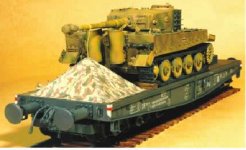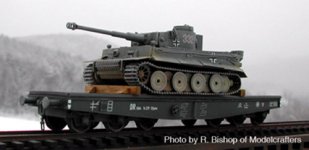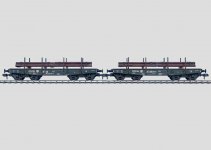You might also find this excerpt from Wikepedia useful:
G scale 1:22.5, 45mm track. Name derived from 'G'ross, which means "big" in German. G is generally used for garden railways of narrow gauge prototypes, and uses the same track gauge as 1 gauge, below.
½" scale 1:24, 45mm track. Similar to G Scale above, this scale also runs on 45 mm gauge track, and is generally used for both indoor and garden railways of narrow gauge prototypes. The scale of 1:24 in combination with 45 mm track is an attempt to model North American and UK 3 foot or 3 foot 6 inch narrow gauge trains in better proportion to the rails they run on.
original gauge 2 1:29, 45mm track. The dominant scale used in the United States for models of "standard gauge" trains running on 45 mm track, even though 1:32 is more prototypically correct. 1:29 represents standard gauge using 2" gauge track, the original gauge 2. This fell into disuse as gauge 1 at 1.75" was very close. Some manufacturers kept the scale for the models but running them on slightly narrow gauge track.
1 gauge 3/8" scale 1:32, 45mm track. This large scale, once rarely seen indoors in modern use but frequently used for modelling standard gauge trains outdoors, is making a come-back. The Japanese firm of Aster offers ready-to-run gas-fired livesteam models. Gauge 1 has seen something of a remarkable revival in recent years after decades of near extinction commercially, with a growing number of smaller UK manufacturers offering electrically powered locomotive and rolling stock kits and parts for (mostly) indoor layout use. Some manufacturers offer so-called Gauge 1 items in 1:30.48 scale (10 mm = 1 foot) that also run on 45 mm gauge track.













